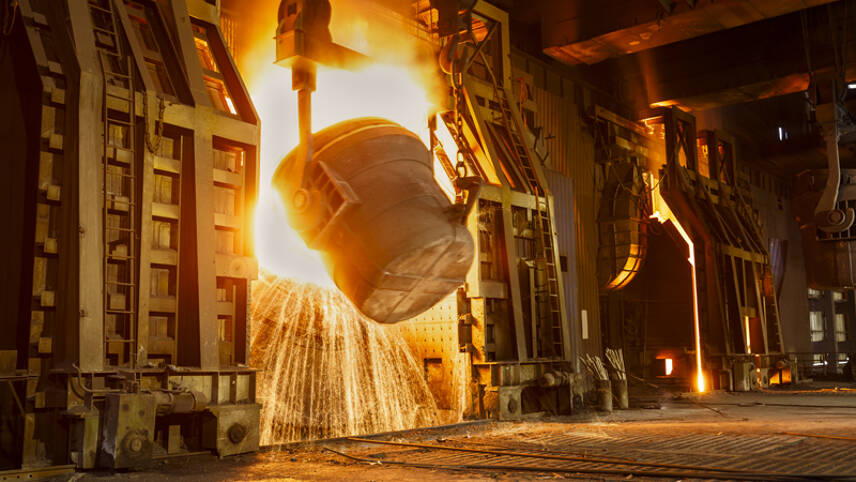Register for free and continue reading
Join our growing army of changemakers and get unlimited access to our premium content

That is a warning from SteelWatch, a new organisation founded this week in the hopes of providing the pressure, information, inspiration and policy landscape that the steel sector needs to decarbonise in line with the Paris Agreement on climate.
SteelWatch has launched with a new briefing paper plotting a pathway to address emissions from coal-based production methods. These methods, it claims, account for 90% of the sector’s carbon footprint.
The pathway involves not developing any new coal-powered blast furnaces in OECD countries, nor retrofitting existing furnaces in these markets. This change in plans would need to be made immediately. This is because retrofitted furnaces are expected to last at least 15 years longer, bringing us close to the 2050 net-zero deadline agreed upon by most wealthy nations.
Outside of the OECD, the pathway involves an end to investment in new or retrofitted blast furnaces that would come online after January 2028.
Steelwatch estimates that at least 280 steel facilities that are currently primarily reliant on coal-based blast furnaces have one or more units due for refurbishment in the next seven years. But a unit refitted in 2030 could still be operational in 2050.
Steel currently accounts for 7% of global annual emissions. This share may grow if the sector does not decarbonise, as steel demand is set to grow to enable the energy transition and to deliver infrastructure – particularly in emerging and developing nations.
“Steel will be an essential part of a thriving zero emissions economy, but ambition and action are needed now, not in 2049,” said SteelWatch’s director Caroline Ashley. Prior to setting up SteelWatch, Ashley was the global director of system change programmes at Forum for the Future.
Technology pathways
Alternatives to coal-fired blast furnaces include electric arc furnaces and other electrified technologies. There are also emerging alternative fuel options, including kit which can use hydrogen.
SteelWatch sees a role for both of these technologies. Its report adds that there will also need to be support for pre-commercial technologies, including molten oxide electrolysis.
Earlier this year, the Energy Transitions Commission claimed that it is entirely possible for steelmaking in developed economies to align with the Paris Agreement’s 1.5C pathway.
The Commission stated that the global pipeline of green steel projects needs to triple by 2030 for this to happen. Investment is eased, their report noted, by subsidy packages on offer in the US and EU – and the business case bolstered by the EU’s carbon border tax. More tricky, at present, is making the business case in the UK.
Some businesses are striving to increase green steel use and production globally already. Members of the SteelZero initiative, for example, have pledged to buy and use 50% lower-emission steel by 2030, supporting a long-term ambition of using 100% net-zero steel by 2050.


Please login or Register to leave a comment.